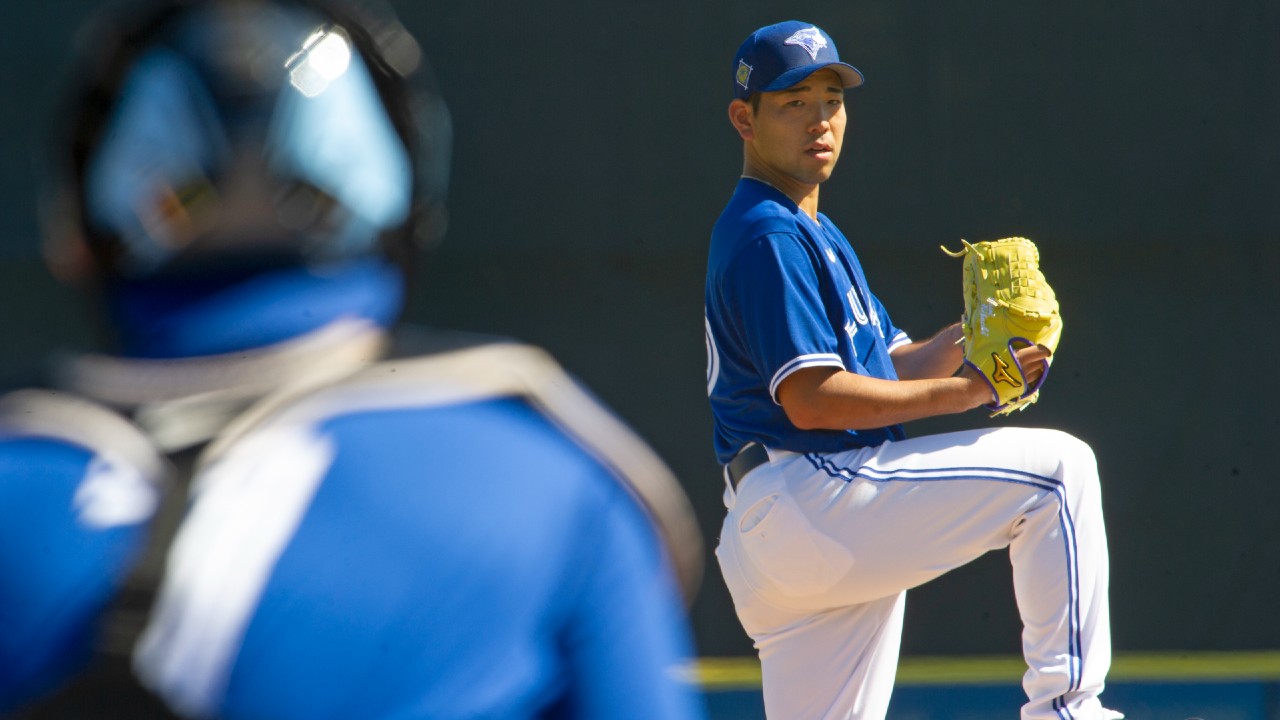
DUNEDIN, FLA. — When Yusei Kikuchi, the 30-year-old left-hander, the veteran of eight NPB seasons and three more in MLB, the all-star on two continents who’s made a living pitching in front of packed stadiums, came out of his first spring training outing for the Toronto Blue Jays Tuesday, he sat next to his new pitching coach, Pete Walker, and told him he was nervous. He had trouble settling in. Pitching in a game that didn’t count at a minor-league ballpark before a crowd of 3,672 on a sunny Florida afternoon had gotten to him.
“Yeah, that was interesting — it being a spring training game and all,” Walker says. “But, first time with a new team, you want to try and impress early. Maybe you try to do a little too much.”
Of course, doing a lot is what the Blue Jays like about Kikuchi, and why they’ve guaranteed him $36 million over the next three years. Despite the 86 ERA+ he carries since arriving in MLB three seasons ago, the club sees a mid-rotation starter with upside in Kikuchi — much like what they saw in Steven Matz when they acquired him after a miserable 2020 and turned another hard-throwing left-hander into a steady rotation piece. Watch him on a good day working to all quadrants of the zone with fastballs, cutters, sliders, and changeups, and you’ll catch glimpses, too.
“His arm’s electric,” says Danny Jansen, who caught Kikuchi Tuesday. “He’s just a real uncomfortable at-bat. Because his fastball’s got life. And when he throws that cutter in on the body line, you’ve got to respect it. And then he’s got a splitter to put you away, a slider to put you away. He’s talented. He’ll get up on you, make you get in your own head. He’s got a lot of tools. I remember I faced him in 2019. I told him the other day — we were in the lab doing some stuff and he said something about my hitting. And I was like, ‘Dude, I’m 0-for-5 off you.”
Actually, Jansen’s 0-for-3 with a strikeout and a broken bat — but who’s counting? What matters is now Jansen’s behind the plate working with Kikuchi, helping him incorporate some of the adjustments Walker and the Blue Jays are asking him to make. And, let’s be clear, coming off a hot-and-cold, 94-ERA+, explanation-defying season, Kikuchi needs to make some adjustments. But the Blue Jays don’t see it as a dramatic overhaul.
“It’s just simplifying a couple of things. We want him to get back to having fun pitching in, attacking the strike zone, not getting behind in the count, not nibbling. And I think his stuff is good enough to do that,” Walker says. “I think it’s a matter of building a good relationship with the catchers where they understand what he wants to do. You may see him attack things a little bit differently this season. But it’s nothing major. And I think he’s excited about the opportunity.”
The good news is Kikuchi’s first outing of spring was an inverse of his 2021. He walked his first batter, Anthony Rizzo, at the end of an eight-pitch battle and fell behind his second, Gleyber Torres, before surrendering hard, 104-m.p.h. contact off the Yankee second baseman’s bat.
But Bo Bichette made a great diving play to keep the ball on the infield and Kikuchi settled in from there, getting Ender Inciarte to ground out softly and Miguel Andujar to swing through an elevated, riding 94-m.p.h. fastball for his first strikeout.
And then there was the second inning, when Kikuchi retook the mound after an extended break — the Blue Jays brought eight to the plate in the first — with renewed poise, attacking the zone with all four of his pitches and striking out the side.
Estevan Florial went down fishing for a nasty slider; Jose Peraza expanded the zone chasing a cutter; and Ryan LaMarre whiffed on another slider set up by Kikuchi’s fastball and changeup as the Blue Jays starter strode confidently off the mound.
It was a productive outing, one in which Kikuchi got to all four of his pitches, recording swinging strikes with three of them. Sitting 94.6-m.p.h. with his fastball this early in camp is certainly a promising sign, as is the fact Kikuchi was locating his slider around the edges of the zone and avoiding the heart of the plate where he got hurt so often last season.
Sure, Kikuchi admitted battling nerves, didn’t have his changeup, and featured spotty fastball command at times. But this was about as encouraging of a start to what he and the Blue Jays hope can be a rejuvenated season as anyone could’ve expected.
Especially considering where he left off in 2021. Kikuchi was one of the American League’s better starters in the first half and one of its shakiest in the second. He was the owner of both an all-star selection and one of the AL’s highest xERA’s. He combined some legitimately promising peripherals with some downright alarming ones — either unhittable or a hard contact machine depending on the day you caught him.
There was a strong 24.5 per cent strikeout rate and an excellent 48.4 per cent groundball rate. But also an eighth percentile barrel rate, a third percentile hard-hit rate, and a first percentile average exit velocity allowed. There was declining velocity and spin rates juxtaposed with increasing walk and home run rates as the season wore on. He went seven shutout against MLB’s best offence — the Houston Astros — twice. He gave up three homers apiece to the Royals in Kansas City and the Athletics in Oakland, two of MLB’s least homer-prone environments.
What a ride. But if you can navigate your way through all that noise, you’ll find the building blocks of a solid MLB starter. An experienced, hard-throwing left-hander with a tricky-to-time delivery and multiple whiff-generating secondaries who… definitely needs to make some adjustments.
And the Blue Jays have some in mind. They obviously aren’t going to publicize those tweaks, whether to pitch usage, location, sequencing, or likely all of the above. They’ll let their opponents try to reverse engineer them once Kikuchi starts producing data and video early in the season. But a closer look at his pitch usage and results over the last year does provide some clues.
A heavy heater is the bedrock of Kikuchi’s game — and a rare weapon for hitters to face from the left side. At 93.2-m.p.h., Kikuchi’s average fastball velocity ranked No. 9 among the 32 left-handed starters to throw at least 1,000 fastballs last season. And only 21 pitchers of any handedness who faced at least 100 batters last year did better than the 30.3 per cent whiff rate Kikuchi posted with that four-seamer. Giving the appearance of rise — thanks to around 2,200 RPM of spin — at the top of the zone, it’s not easy to try to catch up to:
Off of it, Kikuchi will use a slower slider and a firmer cutter, both of which move in to right-handed hitters and away from lefties. The low-90’s cutter has been his preferred secondary offering the last two seasons, but the low-to-mid 80’s slider has been more effective at generating swing-and-miss, producing a 31.2 per cent whiff rate in 2021 and 38.7 per cent in 2020.
It’s a versatile breaking weapon, one he can obviously use to get left-handers expanding the zone with two strikes:
But it can be a useful tool to attack right-handed hitters, too:
If that pitch looks like more of a downward-breaking curveball to you, you’re not wrong. The Blue Jays have been calling it a curveball themselves, although Kikuchi still refers to it as a slider. Whatever it is, the Blue Jays want Kikuchi playing it off his fastball more often to specific areas of the zone they’ve identified as ideal locations for it. When tunnelled effectively off his heater, the club sees untapped upside in the pitch.
“It definitely has some good downward action to it,” Walker says. “I think that’s a pitch that could be big for him.”
Kikuchi didn’t use his slider against right-handers much in 2020, and while he went to it more frequently in 2021, he still used it only about half as often as his cutter. That could speak to a lack of comfort with his command of the pitch. It certainly gets hit hard when he misses his location. But so, too, does his cutter, off which he allowed 10 homers, a 92.6-m.p.h. average exit velocity, and .426 xwOBA last season — the worst contact of any pitch he threw.
Which is another focus — cutter location. The Blue Jays want Kikuchi unafraid to pound it in on the hands of right-handed hitters. Here’s where Kikuchi was locating it to righties last season, which most certainly is not that:
So, those are big focuses. The Blue Jays feel that if they can help Kikuchi increase his confidence in his slider and locate his cutter more consistently, there’s plenty of room for him to reverse the troubling quality-of-contact trends he displayed over 2021’s second half.
“That cutter, It’s a really good pitch for him,” Jansen says. “We just need to get it running in on guys, making them uncomfortable up in the zone. That opens up everything, right? I think there’s been times when he gets hurt with it. Where he leaves it middle or down instead of getting up on the hands to back guys up or to get in for a jam shot. So, that’s something we’re going to focus on.”
And then there’s Kikuchi’s fourth pitch — it’s categorized as a change-up by most pitch tracking sources, and Kikuchi refers to it as a splitter, so we might as well call it a split-change — which sticks out as another obvious candidate for increased usage. Kikuchi threw it only 10 per cent of the time last season — exclusively to right-handed hitters — but it produced exceptional results, generating a 39.6 per cent whiff rate with a .176 expected batting average and .282 expected slugging against.
Kikuchi’s split-change doesn’t move an exceptional amount, but he deserves credit for steadily adding vertical action to it over his three MLB seasons, taking it from a pitch that dropped 29 inches in 2019 to 31 inches in 2021. Although he appears to be running out of room to continue adding downward movement, considering he already throws it with 89 per cent spin efficiency.
But what matters here isn’t so much how the pitch moves vertically but how it performs horizontally. While Kikuchi’s cutter and slider dart on a downward angle in to right-handed hitters and away from lefties, his split-change goes the opposite direction. The pitches don’t perfectly mirror each other and never would. But they have more than enough discrepancy to avoid the barrels of hitter’s bats and give him multiple avenues to work off his fastball.
Here’s what that looked like during a start last July when Kikuchi took the mound against the Oakland Athletics with tremendous feel for his split-change. He threw it for 29 of his 95 pitches that day (Kikuchi didn’t use it more than 17 times in any other outing), earning an absurd 12 whiffs from the 20 times Oakland hitters offered at it. It was a tantalizing view at what the pitch could be.
Here he is using it in a traditional sequence, starting Sean Murphy with a fastball before doubling up on the split-change:
And here he is playing it off his slider to Stephen Piscotty:
From Piscotty’s perspective, the 84-m.p.h. slider is cutting in on his hands while the 85-m.p.h. split-change is fading away, forcing him to try to think along with Kikuchi and guess which pitch is coming if he’s going to have any hope of getting his barrel on the ball:
Against Jacob Wilson, Kikuchi played with lanes, starting the Athletics infielder with a heater outside, coming in with a changeup and fastball on the hands, before returning to the outer edge where human error behind the plate forced him to locate strike three twice — first with the changeup, then with the fastball:
And here he is tormenting Murphy again, but this time doing the reverse of what he did to Piscotty, using changeups away to set up his slider inside:
Like Piscotty before him, Murphy has to decide whether he’ll guard against the outside or inside half of the plate because he can’t get to both. And even if he guesses correctly, he still has to use his round implement to try to make solid contact with another round object moving at 87-m.p.h. along the edge of the strike zone:
“The changeup’s going to be effective with his downhill heaters. It’s a pitch that’s not only fading, it’s biting,” Jansen says. “And it’s got a little funk to it. It’s a good pitch. It’s a finishing pitch. It’s going to be super effective when he’s locating fastball, getting ahead. Maybe guys are being aggressive early. It’s a very, very useful pitch, the splitter. Especially his.”
Not that Jansen needs to be reminded of any of this. Like he told Kikuchi the other day, he’s 0-for-5 against him. Or maybe it was 0-for-3. It’s not important. What Jansen still remembers is the feeling in the box when Kikuchi’s on, which is not a good one.
Now, he gets to help Kikuchi create that experience. Adjustments are needed, clearly. And the Blue Jays have plenty in mind. Kikuchi still has to make them for any of this to work out — for him to realize his obvious potential. But the building blocks of a solid MLB starter are here. And the Blue Jays are determined to help Kikuchi put them all together.
The adjustments the Blue Jays hope will unlock Yusei Kikuchi’s upside
Source: Pinas Ko Mahal

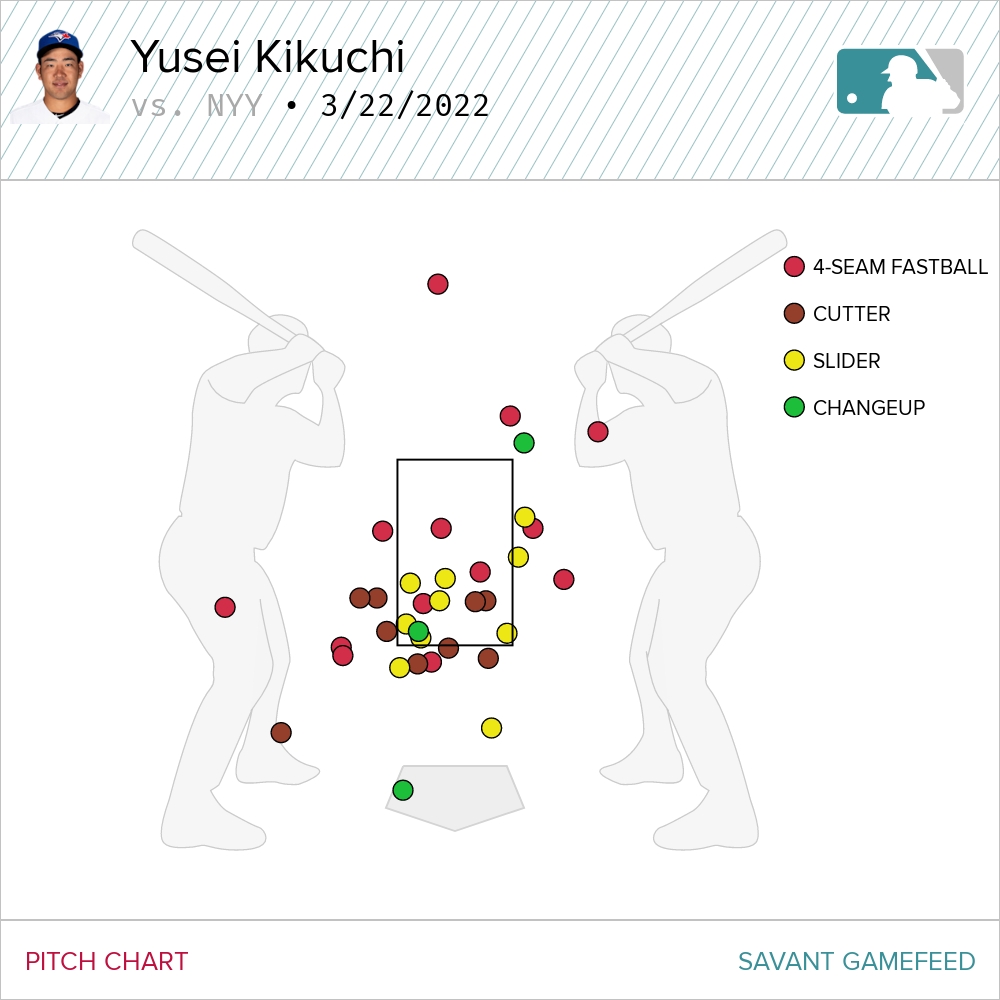
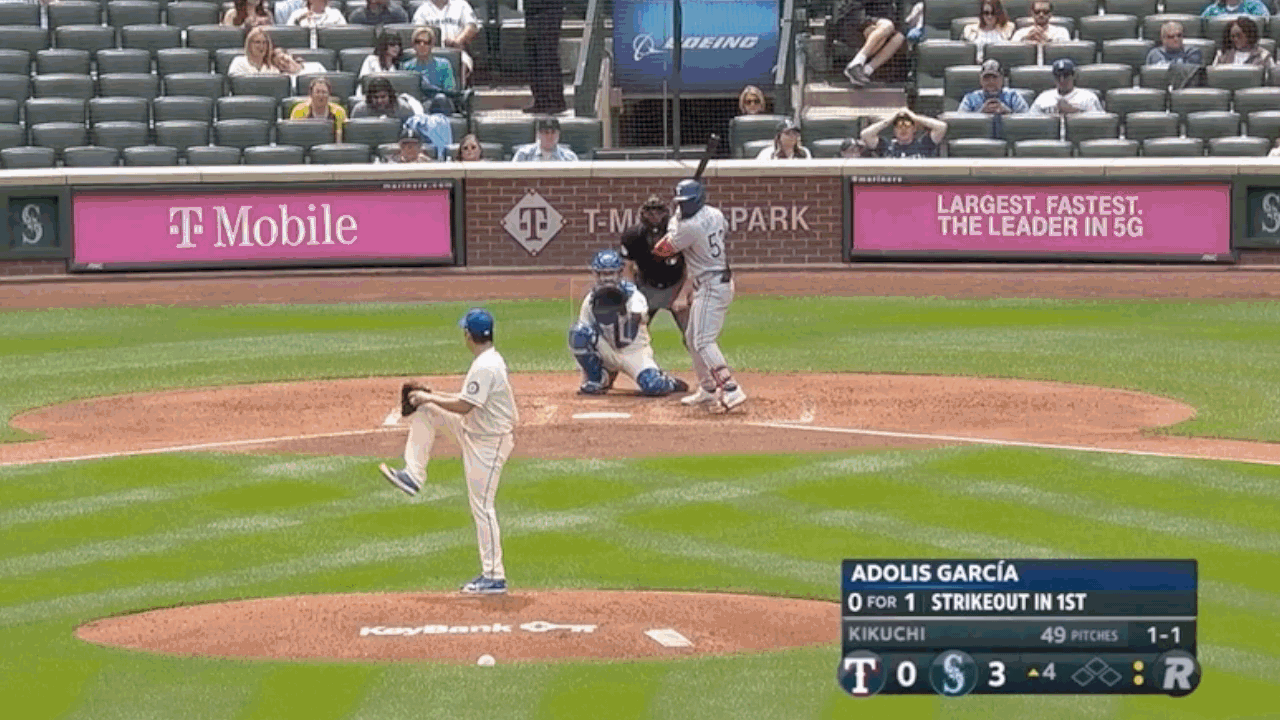
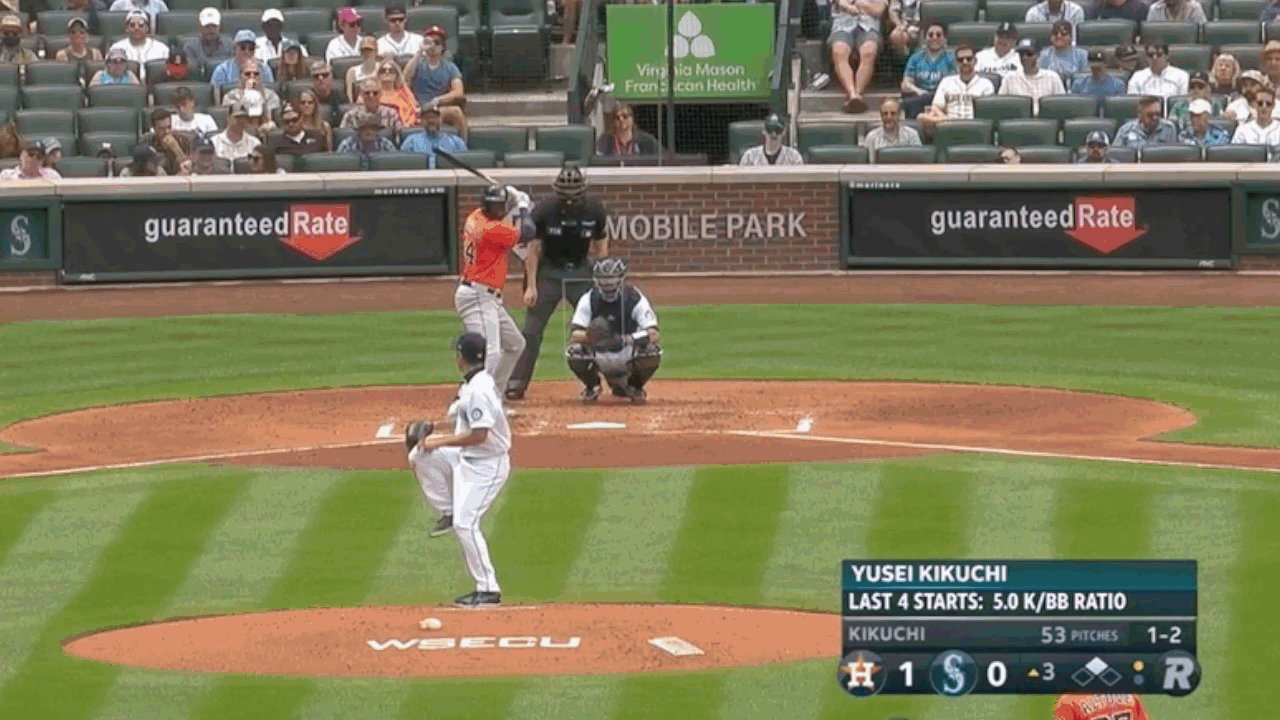
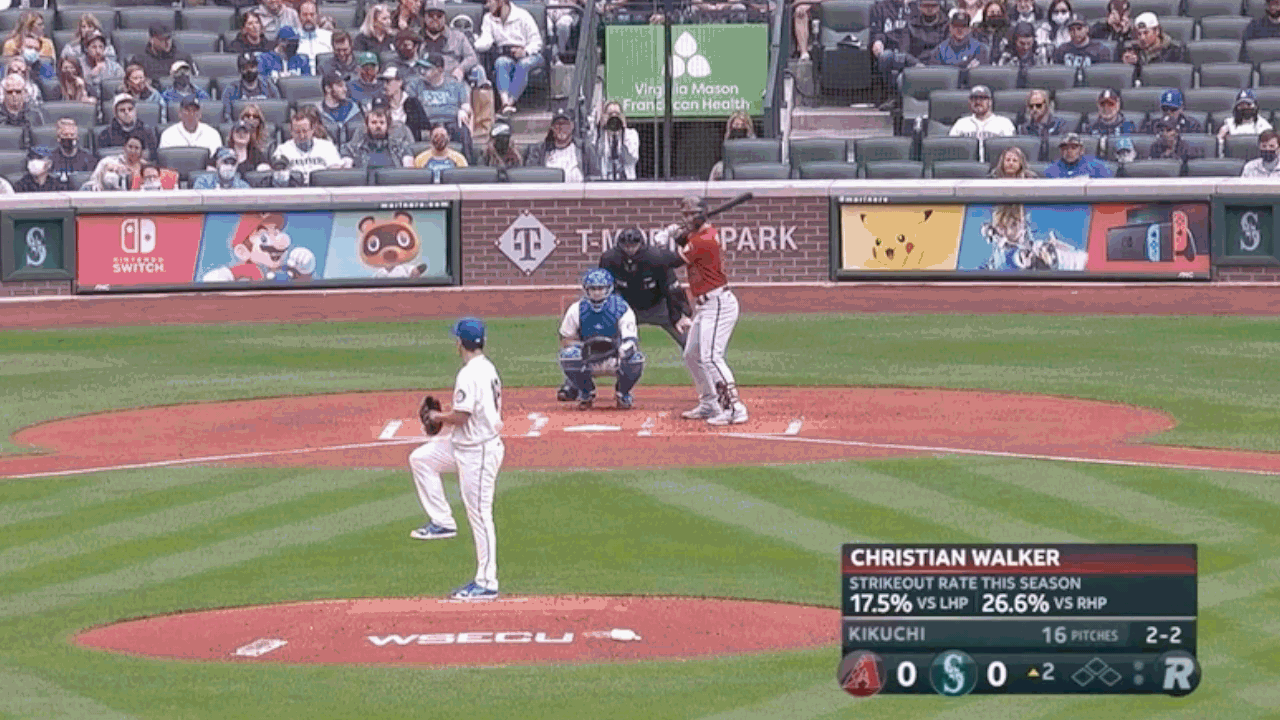
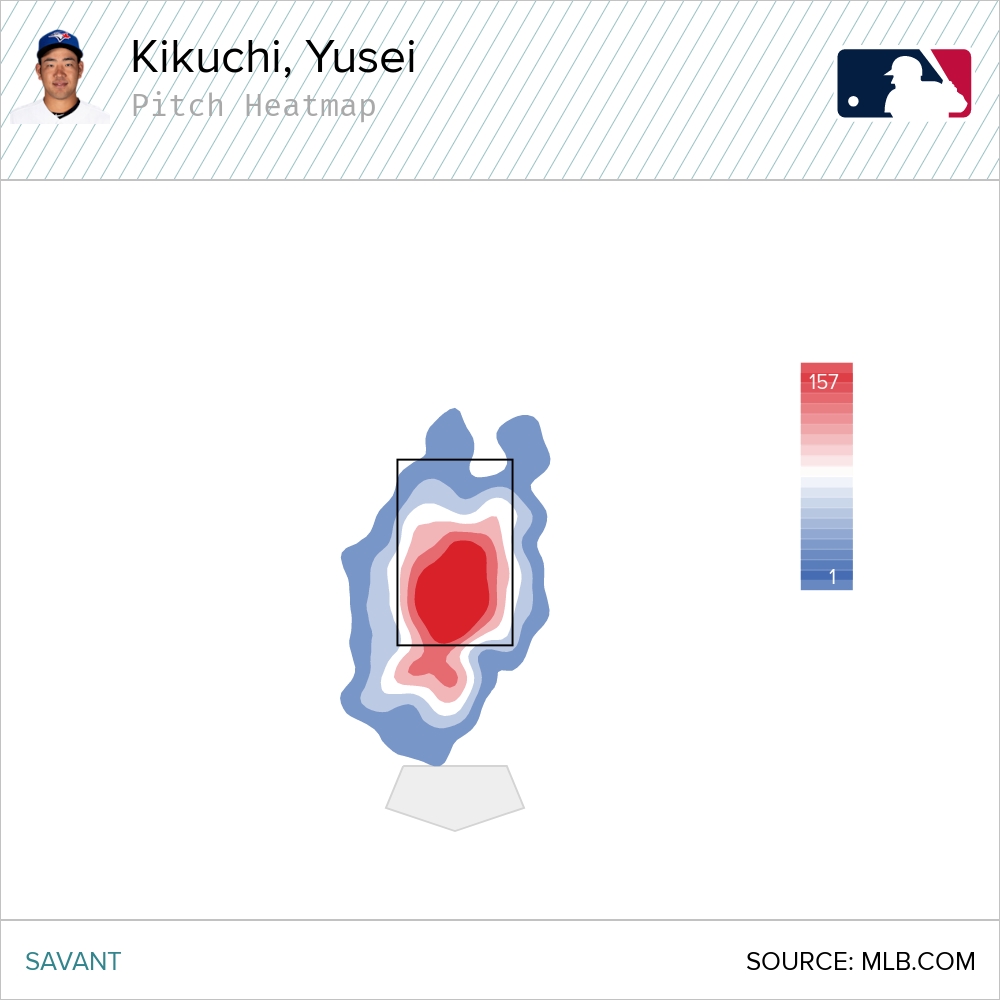
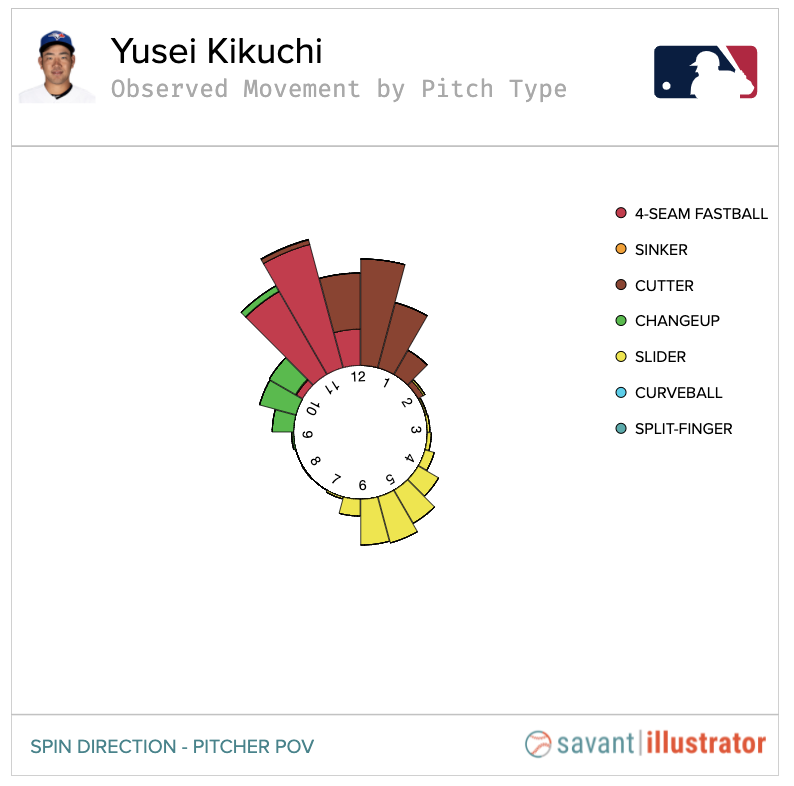
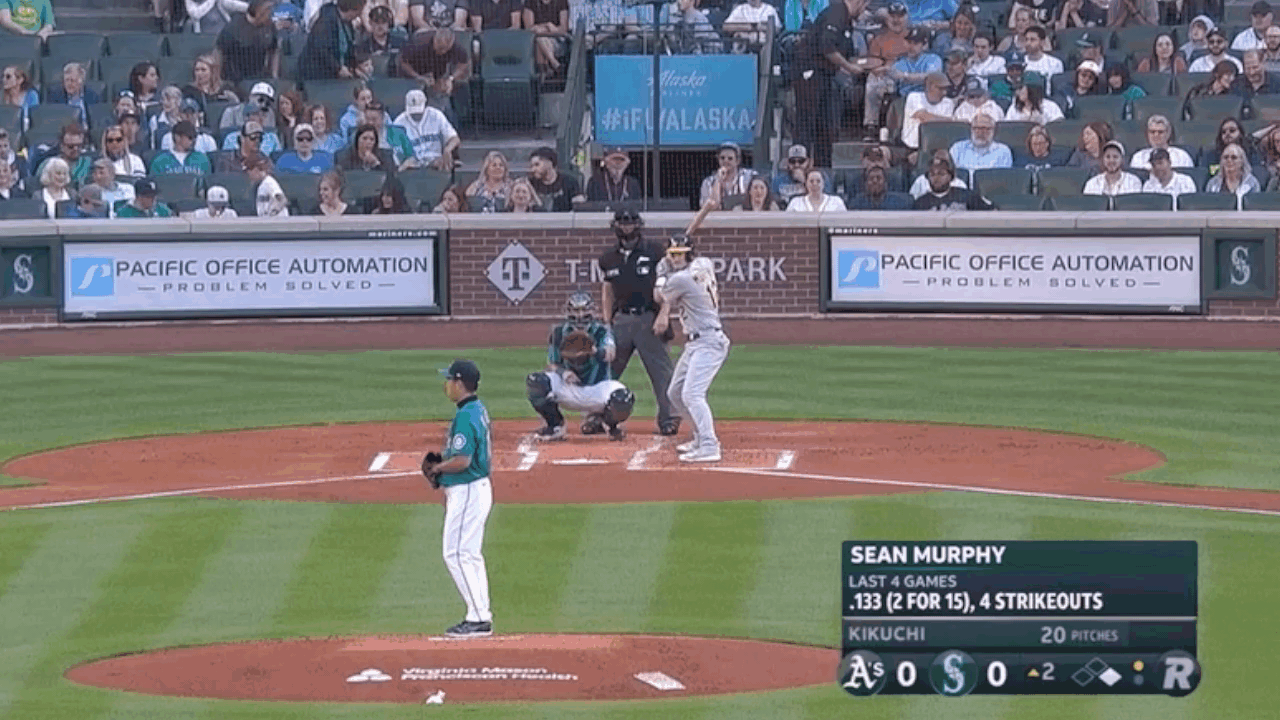
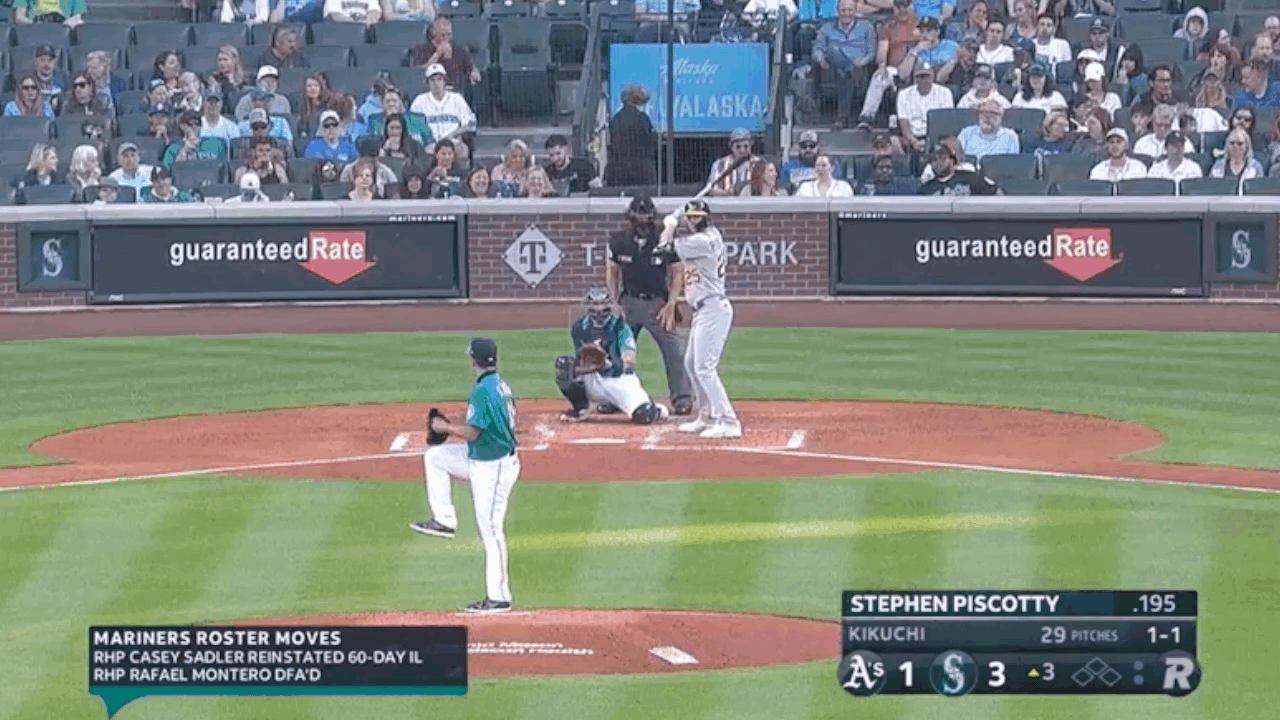
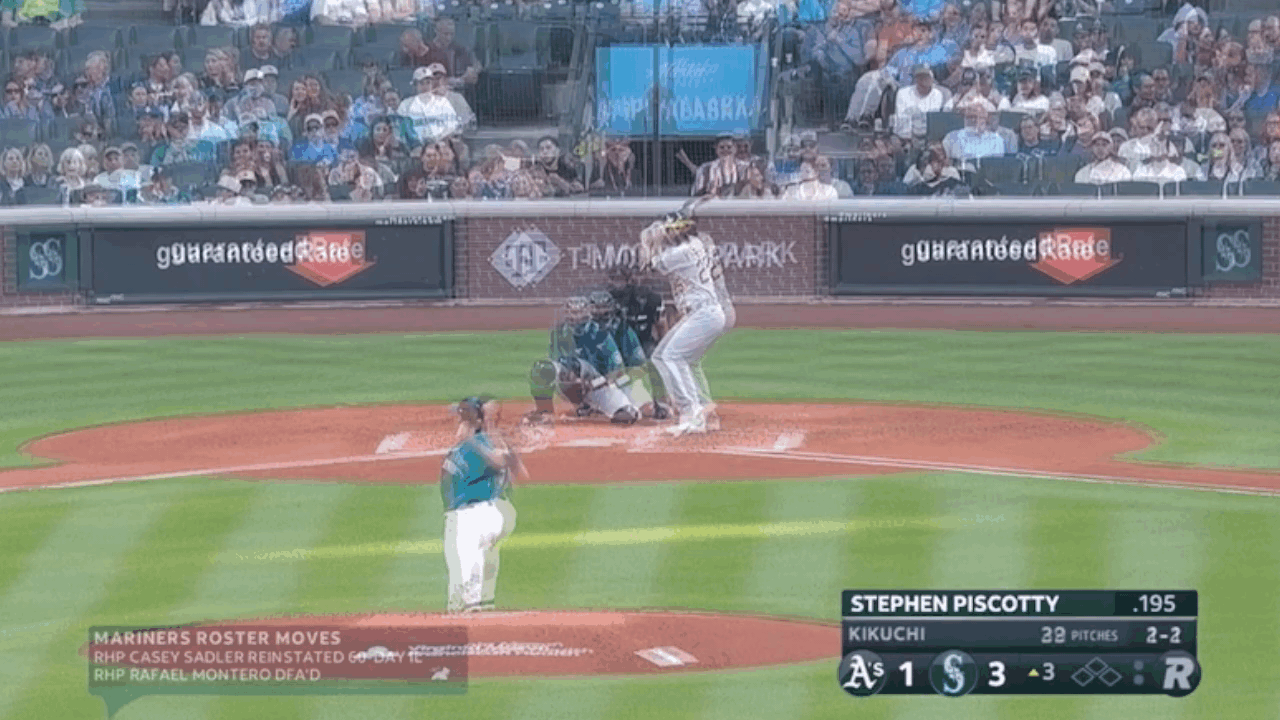
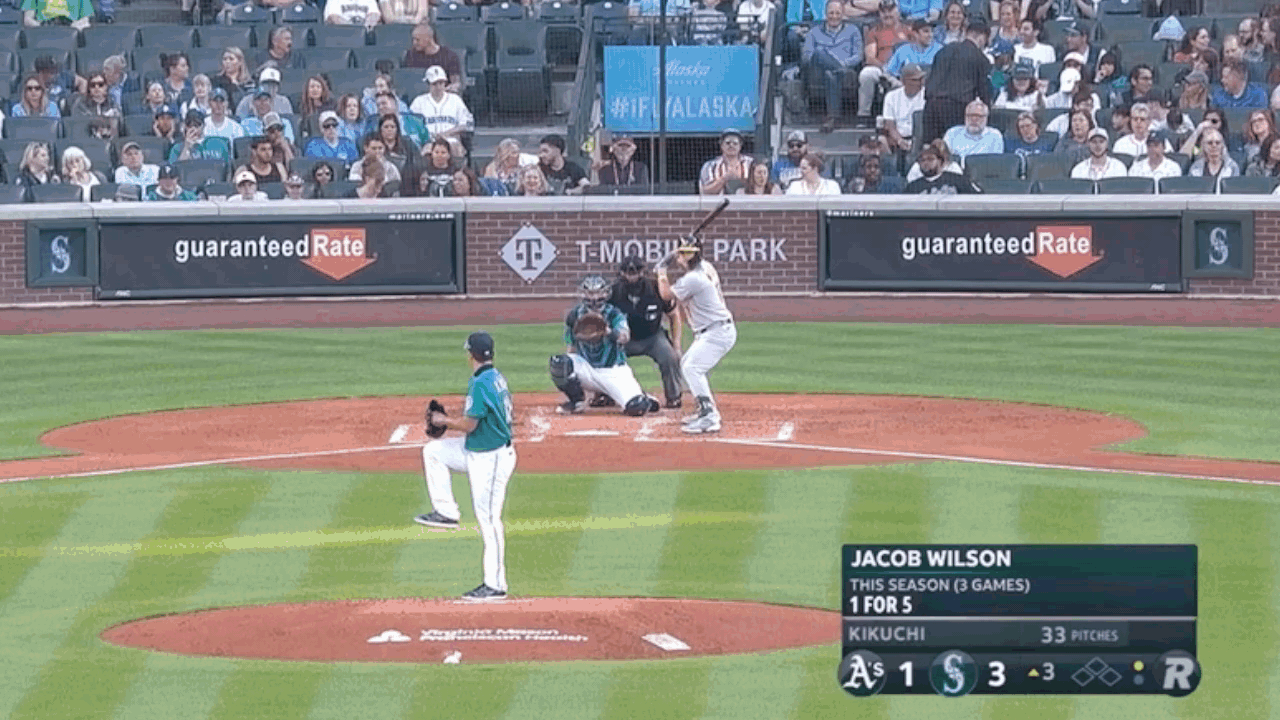
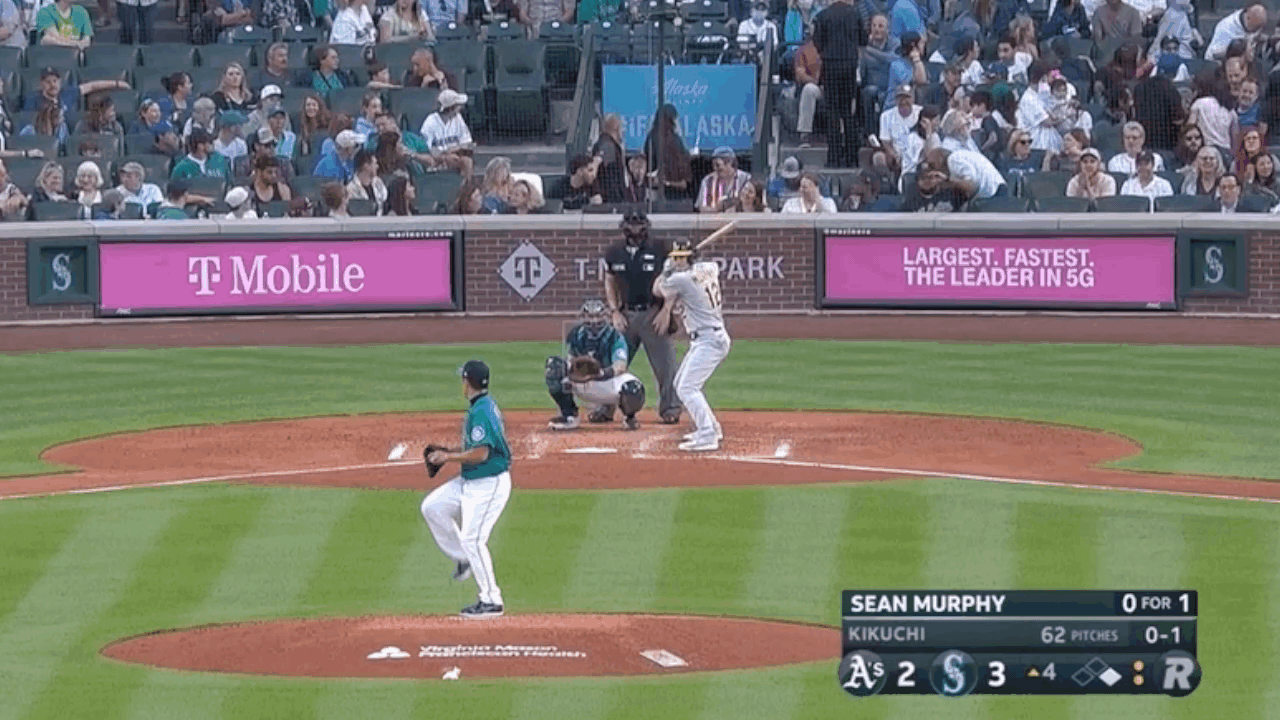
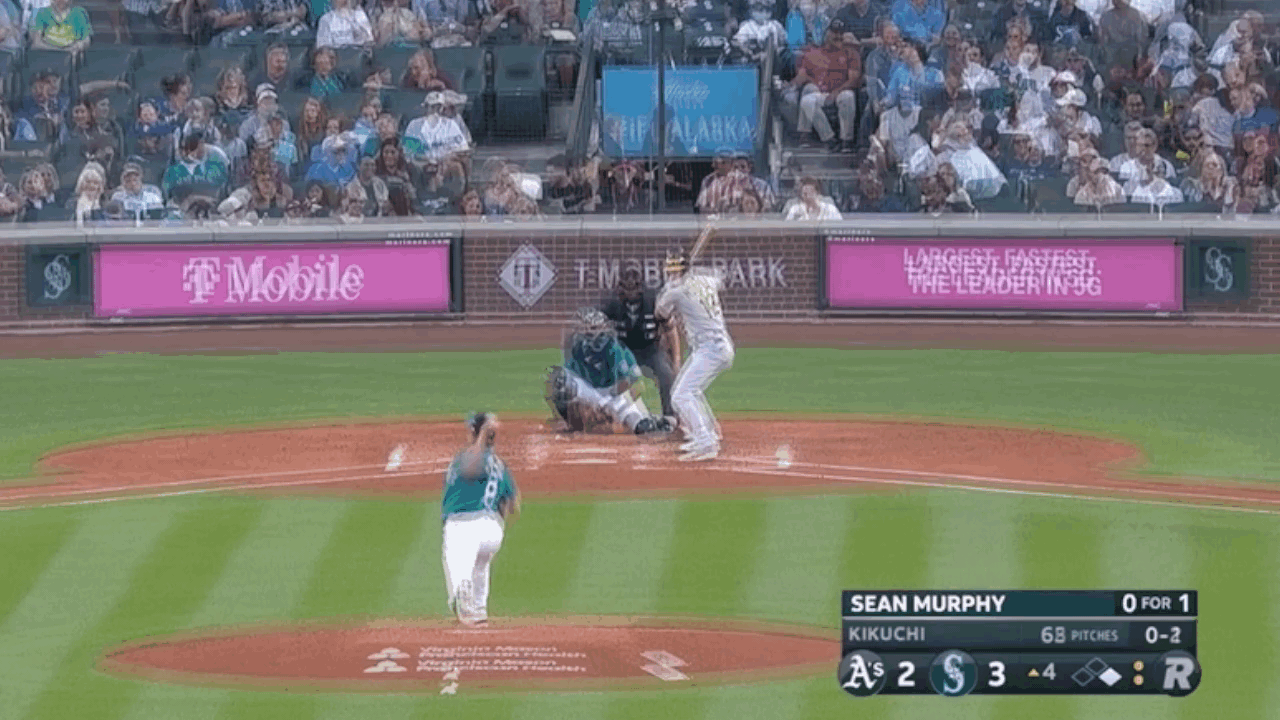
0 Mga Komento